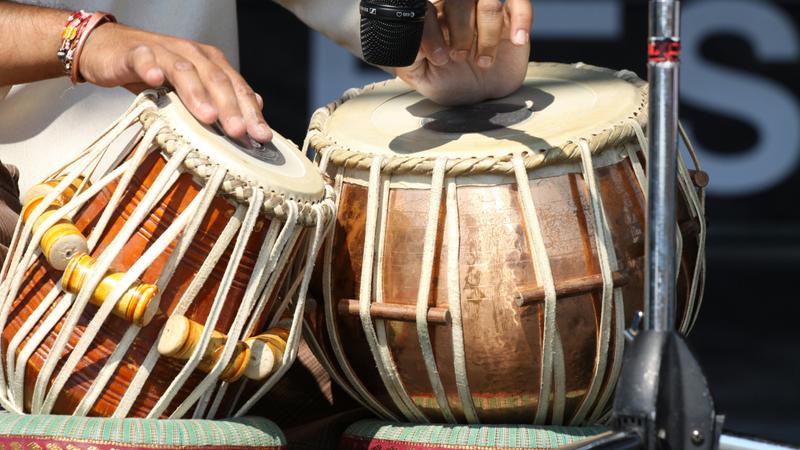Published 10:19 IST, May 5th 2024
The Evolution Of Carnatic Music From Devotional Tunes To Fusion Of Melodies
As a living tradition, Carnatic music embodies the beauty and diversity of Indian classical music.

Carnatic music, one of the oldest and most sophisticated classical music traditions in the world, has a rich history that spans centuries and continues to captivate audiences with its intricate melodies, complex rhythms, and emotive expressions. Originating in the southern regions of India, Carnatic music has evolved over time, influenced by various cultural, religious, and historical factors.
Ancient roots
The origins of Carnatic music can be traced back to the ancient scriptures and texts of India, including the Vedas, the Upanishads, and the Natya Shastra. These ancient texts laid the foundation for Indian classical music, providing a framework for melody, rhythm, and performance techniques.

Devotional music
Carnatic music has deep roots in Hindu devotional practices, particularly the Bhakti movement, which flourished in South India during the medieval period. Devotional compositions, known as bhajans, kirtans, and keerthanas, became an integral part of Carnatic music, expressing themes of devotion, love, and spiritual longing.
Patronage of kings and courts
During the medieval period, Carnatic music received patronage from kings, nobles, and royal courts, especially the Vijayanagara empire, leading to the establishment of music schools, academies, and performance traditions. Renowned composers and musicians, such as Sant Purandara Dasa, also called the father of carnatic music, Tyagaraja, Muthuswami Dikshitar, and Syama Sastri, flourished during this time, creating a vast repertoire of compositions that continue to be cherished and performed today.
Influence of temple traditions
Temples have played a significant role in the preservation and propagation of Carnatic music, serving as centers of musical learning and performance. Temple rituals, festivals, and ceremonies often feature devotional music and dance performances, providing a platform for musicians to showcase their talents and connect with their audience.

Fusion with other musical traditions
Over the centuries, Carnatic music has evolved and adapted, including elements from other musical traditions, including Hindustani classical music, folk music, and Western classical music. This fusion of styles and influences has enriched the Carnatic music tradition, creating new avenues for creativity and expression.
Updated 10:19 IST, May 5th 2024



